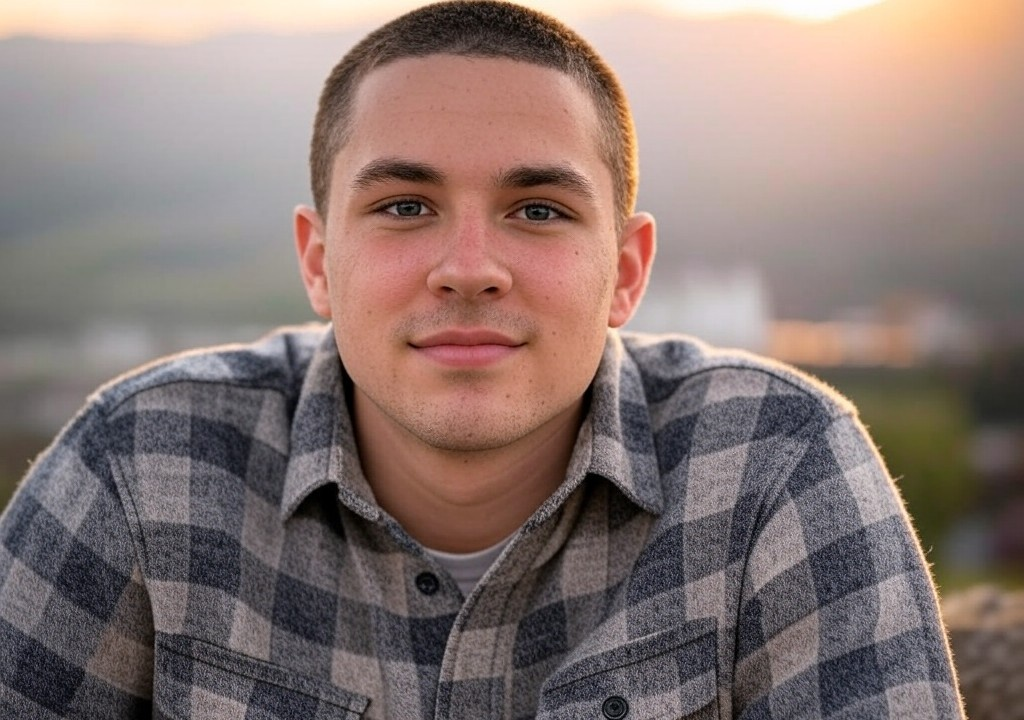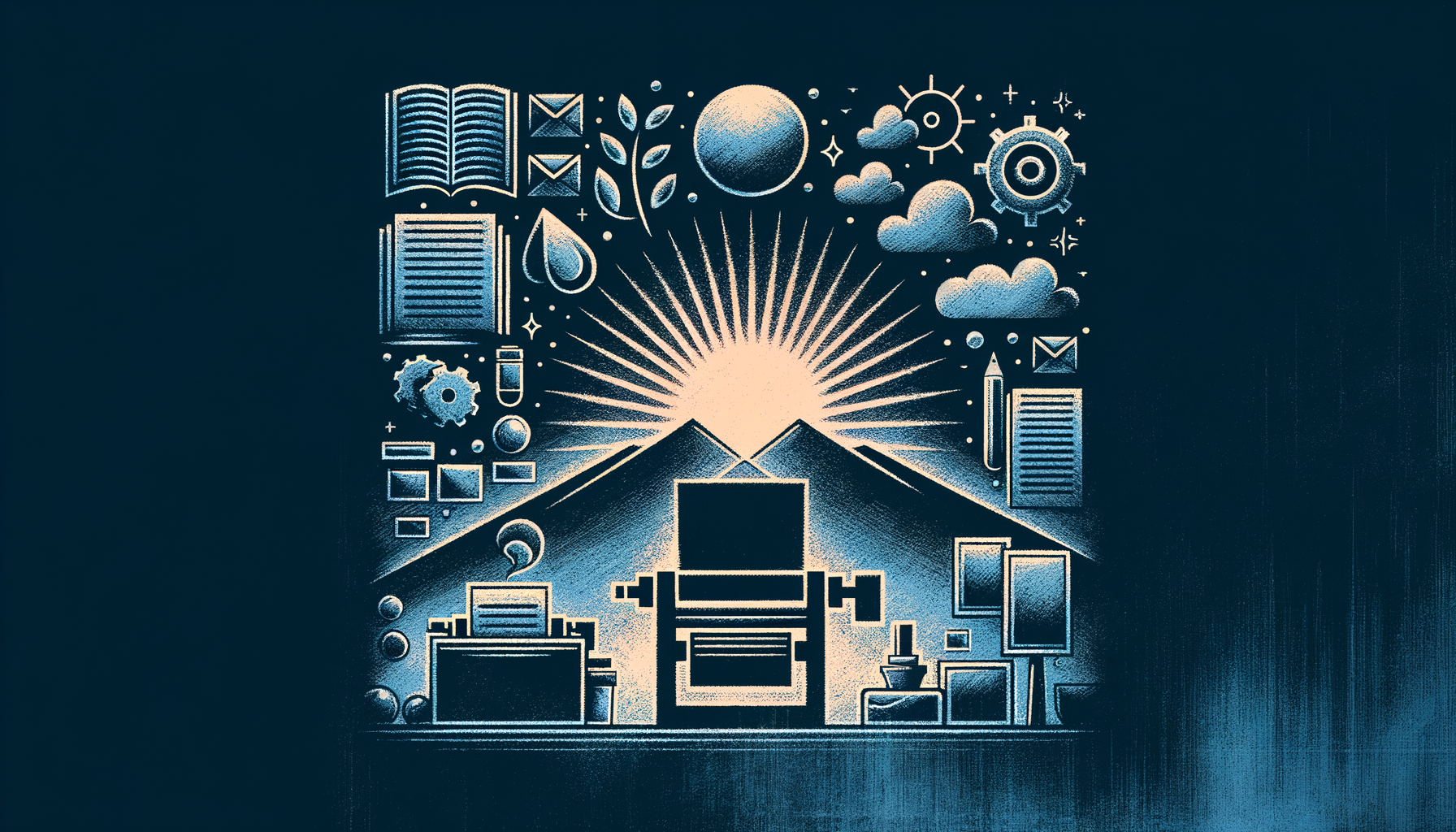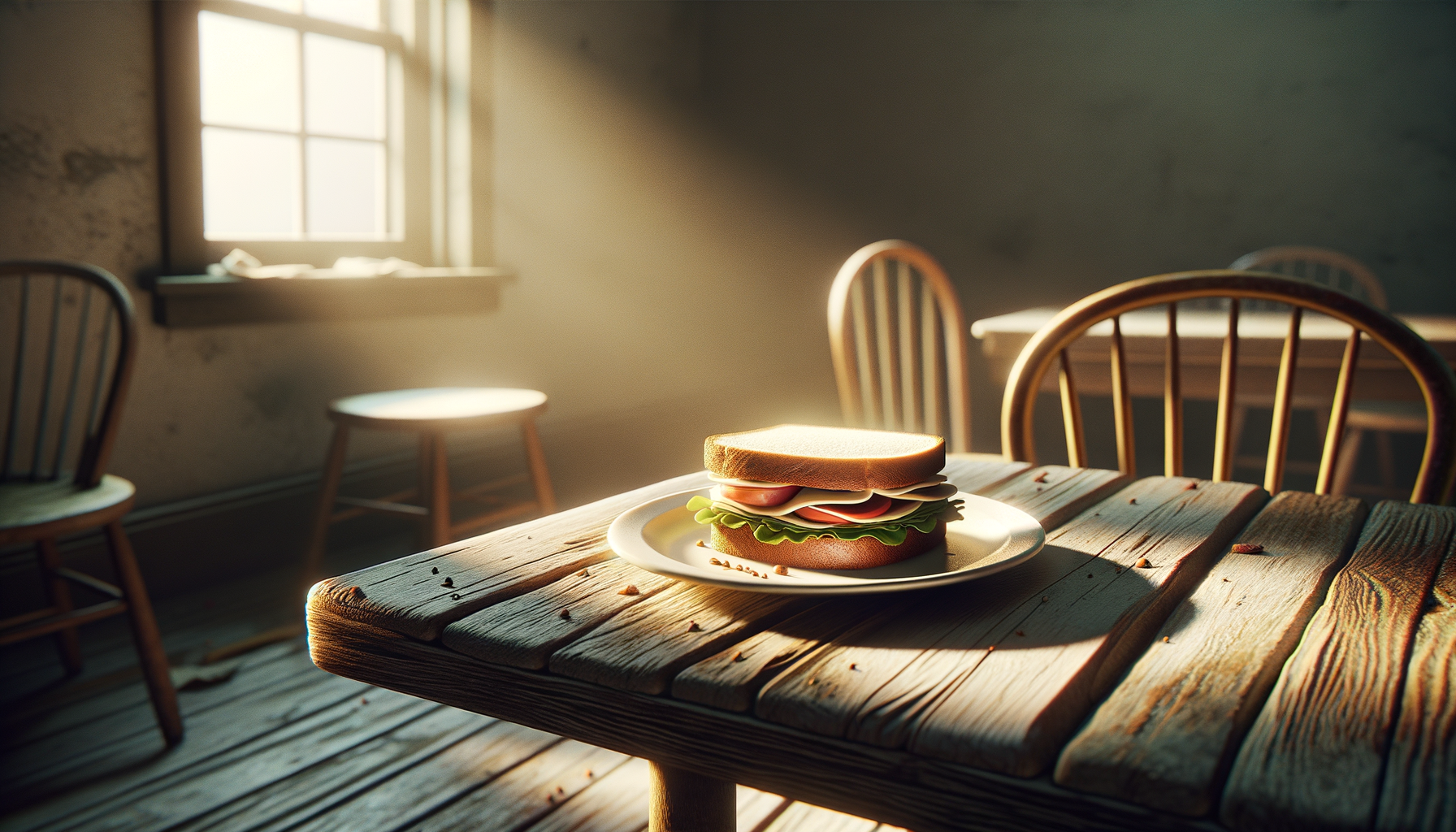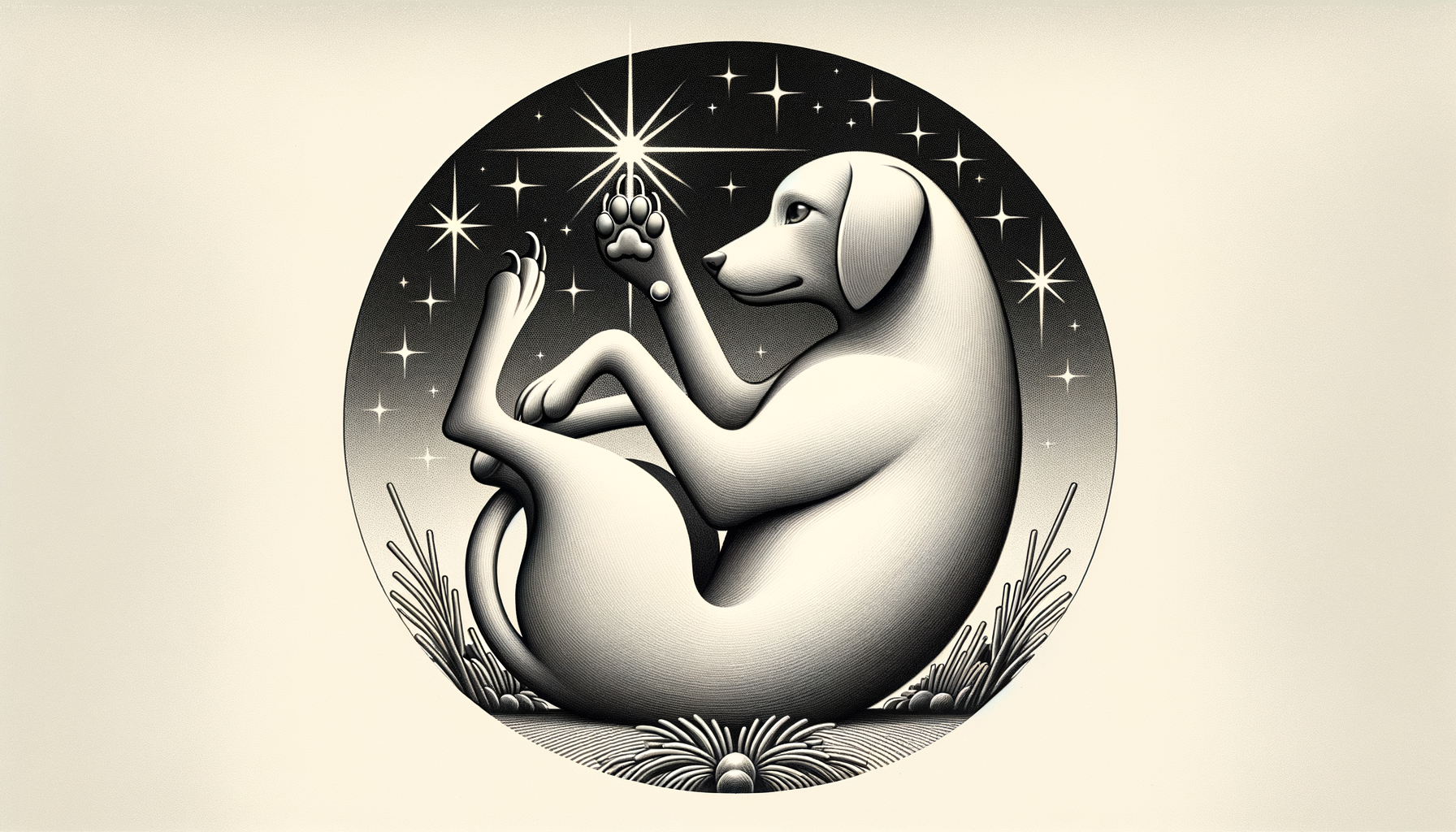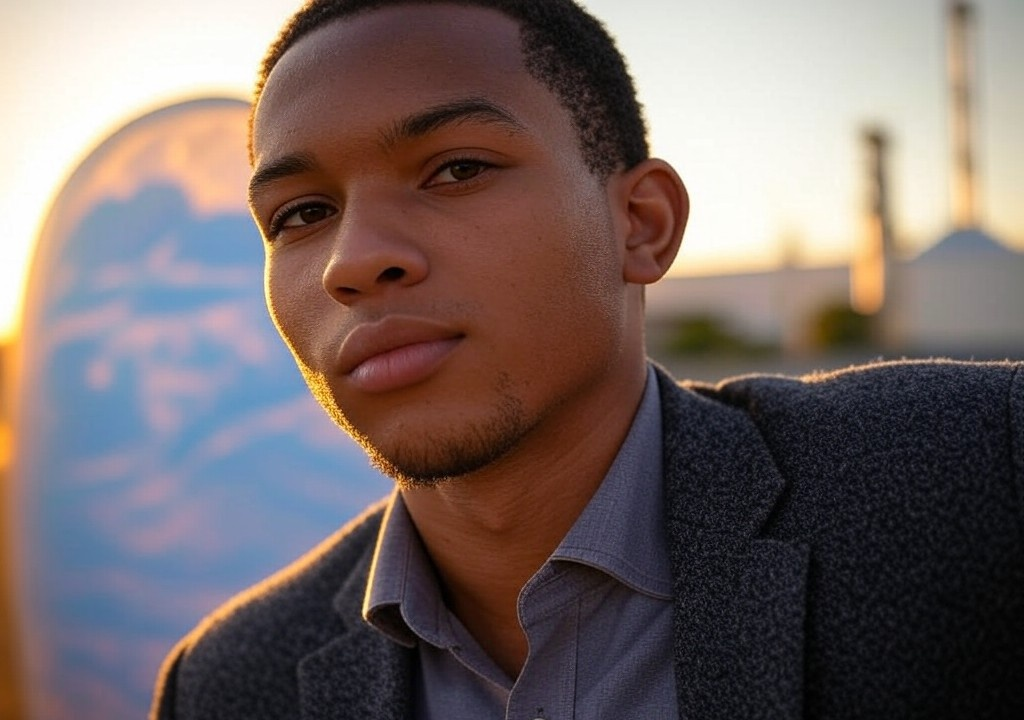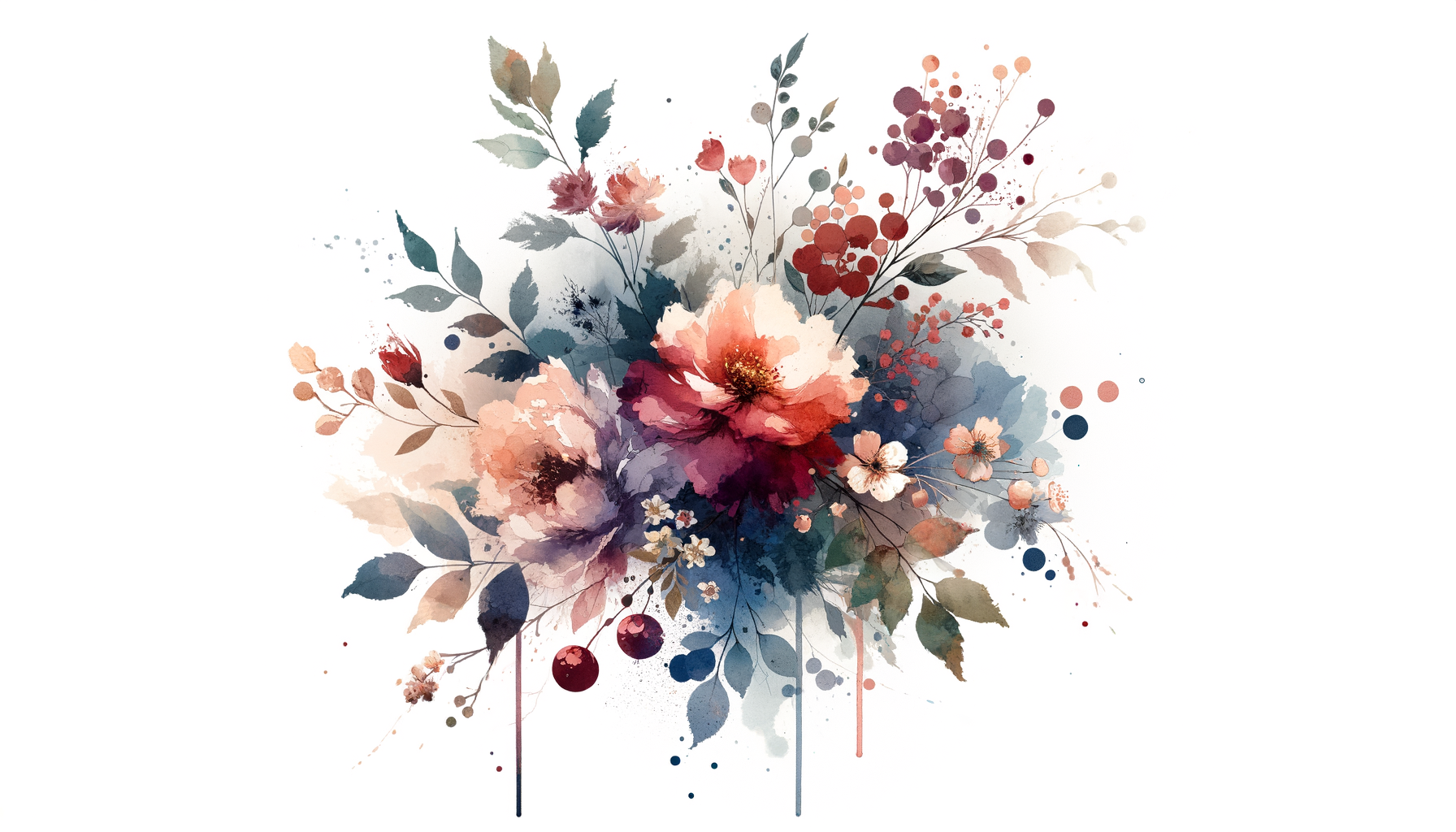The first time my name appeared in print, I was 22 years old, drinking lukewarm hot chocolate out of a chipped mug, and questioning every life decision I had ever made. The moment should have been cinematic—cue the swelling orchestra music, me holding up the paper with tear-filled eyes, and my family cheering in the background. Instead, I stared at the grainy black-and-white print of my college essay in the local newspaper like it personally owed me an apology.
Let me back up.
The Idea That Sparked It All
Growing up in a suburban, Latter-day Saint household in Utah, my teenage rebellions weren’t exactly worthy of an ‘80s movie montage. I didn’t sneak out to parties, nor did I dye my hair neon green. Instead, I read books that weren’t on the approved church book lists and asked uncomfortable questions during Sunday school. The friction between my faith and my curiosity wasn’t loud or dramatic—it was quiet, like the hum of fluorescent lights that never really turns off.
By the time I got to the University of Utah, that hum had transformed into a persistent buzz. I started scribbling down thoughts for essays—small epiphanies about how faith shapes identity—and eventually, one of them turned into a piece about the history of fasting in LDS culture. It wasn’t a groundbreaking topic, but I wrote it like it mattered. Like maybe what I had to say deserved to exist outside my own head.
Submission Socks and the Art of Ghosting Editors
I call them "submission socks"—the lucky pair of blue wool socks I wore anytime I hit send on a piece I wrote. The name sounds less endearing when you realize they had a massive hole in the heel, but I was convinced they aided my creative process. I submitted that fasting essay to the opinion section of a small, local newspaper one Thursday night, somewhat convinced that the editor would frame it for her office wall upon reading.
Then, radio silence.
The days crept by like a long Utah winter. For weeks, there was no reply—not even a polite "thanks, but no thanks." By the time the editor’s acceptance email showed up in my inbox, I had thoroughly convinced myself I was devoid of talent and should immediately switch my major to something more “practical,” like accounting. (Spoiler: I would’ve been the world’s worst accountant.)
That acceptance was thrilling, yes, but it also came with an unexpected deadline: I had less than a week to add edits to my draft before it went to print. I pulled two all-nighters, wore my threadbare submission socks until they were basically just a tube, and made more edits than I care to admit. When I finally hit send on the final draft… I panicked.
Seeing My Name in Black and White
Let me set the scene: me, in my parents’ kitchen at 6 a.m., clutching a rolled-up copy of the Salt Lake Tribune with all the intensity of Gollum grasping his precious. I unrolled it, found the opinion section, and there it was—my name in small, serif type at the top of the column.
There’s no word for the particular cocktail of pride and self-doubt that washed over me. I wanted to run three victory laps around the block but also crawl under a blanket in case anyone read it and concluded I was an absolute hack.
Looking back, I’ve realized this is the duality of putting your voice out there: you’re both terrified and exhilarated. Much like reading into someone’s three-day text delay during a new relationship, you have to have faith that your words will land where they’re meant to.
Lessons from a First Byline
For anyone who’s chasing their first “official” moment—whether it’s getting published, speaking up in a relationship, or simply letting someone see a little deeper into who you are—here are a few things I learned:
-
Start Small, But Start
Writing for a local newspaper might not sound glamorous, but it’s a stepping stone. The same applies to personal growth: small actions—like initiating hard conversations or showing vulnerability—can lead to big breakthroughs. -
Your Doubts Are Not Truths
Remember how I convinced myself I was an untalented impostor? That narrative lived rent-free in my head, completely unchallenged until someone else decided to tell me otherwise. Trust me: your inner voice isn’t always the most reliable editor. -
The Reaction Isn’t Everything
To this day, I’m not sure how many people even read that first essay. My mom clipped it out and taped it to the fridge, but beyond her, I didn’t get a flurry of fan mail or accolades. The win wasn’t in the readership—it was in proving to myself I could do it. -
Imperfect Is Still Worthy
When I go back and reread that essay now, I cringe a little. The prose is clunky, my arguments could’ve been sharper, and there’s a semicolon I definitely didn’t use correctly. But who cares? The purpose wasn’t to be perfect. It was to take a step.
Your Firsts (and Why They Matter)
A first byline, like a first love or a first awkward date, is transformative because it shows you what’s possible. It pulls you out of the safety of what you’ve known and dares you to try something risky, something real.
That fasting essay launched a chain reaction. What started as a single piece in a low-circulation paper snowballed into more opportunities—essays, mentorships, a book contract. And those opportunities didn’t come because that first essay was perfect; they came because I was willing to put myself out there despite the imperfections.
Whether it’s writing, dating, or navigating any corner of life, your "firsts" don’t need to come with fanfare. They just need to happen. So put on your submission socks—or whatever your lucky talisman happens to be—and go for it.
Because if some kid from the suburbs of Salt Lake City can find his name in print despite all his doubts? Trust me, so can you.

